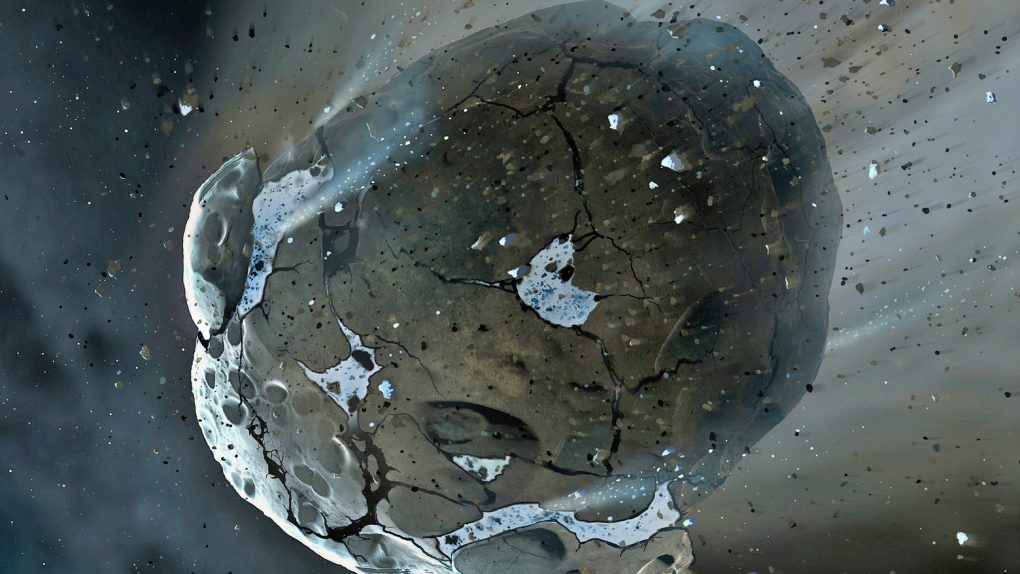In disaster movies, games, or TV shows where there is an asteroid headed for Earth, the news always comes as a shock. Depending on the specifics of the story, the population of the planet may have anywhere from a few days to a few months to prepare for the inevitable. Things always seem grim, but more often than not, humanity manages to pull a rabbit out of its hat and come up with a plan that saves billions of lives. But that’s fiction, and even though mankind possesses some pretty spectacular technologies, chances are we wouldn’t be as lucky as our fictional counterparts. In fact, a recent simulation experiment conducted by NASA more or less proves that an asteroid headed for Earth would spell doom, even if we had six months to prepare for it.
During the annual Planetary Defense Conference, scientists from a number of space agencies participated in a simulated emergency response scenario where a fictional asteroid called 2021 PDC was bound for Earth. The scientists determined they had six months to plan and as the fictional days and months passed, the future began to look incredibly bleak.
As new information began to pour in, it became clear that the asteroid was on track to impact Europe. But tracking the path of the asteroid was only part of the task. The real test was simulating a response that would save lives. The participants considered many options, including trying to nudge the asteroid off course, but it was already too close to Earth for that to be effective. Additionally, the scientist determined that “the force require to shift fictional asteroid 2021 PDC off a collision course with Earth is so lark that it risks breaking up the asteroid — perhaps creating multiple large fragments that could impact Earth.”
The scientists also considered the use of nuclear explosives to destroy or at least severely reduce the odds of any large impactor being able to pass through Earth’s atmosphere. Unfortunately, the team was faced with the reality that “international laws rule out use of nuclear weapons in space,” meaning that there was little they could do on such short notice.
“The Space Missions Planning and Advisory Group (SMPAG) has concluded that no space missions can be launched to fictional asteroid 2021 PDC in time to deflect or disrupt it,” the ESA notes in its chronicle of the exercise.
The fictional asteroid struck the Czech Republic near its border with Germany and Austria. The last report before impact narrowed down the impact location to within 23 kilometers and the timing of the strike to within one second. The asteroid, which was only around 100 meters in diameter, caused serious damage to an area as large as 300 kilometers in diameter, with damage increasing as you approach the impact site.
This was, of course, just a simulation, so it’s impossible to say how accurate the world’s response would be over the course of six months’ time as compared to just a few days during the conference. If a nuclear response had the backing of scientists and it appeared it might work, you have to imagine the international laws preventing their use would be relaxed, and mankind would do whatever it takes to prevent such an event. At least, that’s the hope.








